Ultimate Checklist for Selecting the Best Leg Rehab Machine to Enhance Patient Recovery
In today's healthcare landscape, the importance of effective rehabilitation tools cannot be overstated, especially for patients recovering from leg injuries or surgeries. According to a report by the National Institutes of Health, approximately 20 million Americans undergo rehabilitation annually, with leg injuries constituting a significant percentage of these cases. Selecting the right Leg Rehab Machine is crucial for optimizing patient recovery, as it can directly influence the speed and quality of rehabilitation outcomes. A well-chosen machine not only improves mobility and strength but also enhances patient compliance and motivation during the recovery process. As facilities strive to deliver the best possible care, understanding the essential features and benefits of various leg rehab machines becomes imperative for healthcare providers. This ultimate checklist will guide practitioners in making informed decisions to enhance patient recovery and ensure the best rehabilitation experience possible.

Key Features to Look for in Leg Rehab Machines
When selecting the best leg rehab machine to enhance patient recovery, it’s crucial to focus on key features that can significantly impact rehabilitation outcomes. According to a report by the National Institutes of Health, effective leg rehabilitation is paramount for patients recovering from surgery or injury, with the right equipment playing a critical role in recovery speed and overall success. Look for machines that offer adjustable resistance levels, as these allow for tailored progressions that can accommodate the varying strength levels of different patients. This adaptability can make a substantial difference in treatment efficacy, with studies indicating that personalized resistance training can enhance muscle recovery by up to 40%.
Another essential feature to consider is the machine's versatility in accommodating different exercises. A study published in the Journal of Rehabilitation Research and Development highlights that machines enabling a range of leg movements, such as flexion, extension, and adduction, contribute to comprehensive rehabilitation. Machines equipped with multi-functional capabilities can better engage multiple muscle groups, promoting balanced recovery. Additionally, user-friendly interfaces and safety features such as automatic shut-off mechanisms can bolster patient confidence and compliance, key factors linked to improved rehabilitation outcomes according to a report from the American Physical Therapy Association. Investing in a leg rehab machine that encompasses these features can significantly enhance the recovery journey for patients.
Ultimate Checklist for Selecting the Best Leg Rehab Machine to Enhance Patient Recovery
| Feature | Importance | Recommended Specifications | Notes |
|---|---|---|---|
| Adjustability | High | Multiple height and resistance settings | Allows for customized rehabilitation plans |
| User-Friendly Interface | Medium | Touchscreen with clear instructions | Improves user experience and adherence |
| Safety Features | High | Emergency stop button, secure straps | Critical for patient safety during usage |
| Variety of Exercises | High | Leg press, ankle flexion, rehabilitation cycling | Facilitates comprehensive recovery |
| Portability | Medium | Wheels for easy movement | Useful for multi-room facilities |
Comparative Analysis of Popular Leg Rehab Machine Models
When selecting a leg rehab machine, it's essential to perform a comparative analysis of the most popular models on the market. According to a recent report by the American Physical Therapy Association (APTA), approximately 30% of physical therapists use specialized leg rehab equipment that significantly contributes to patient recovery times. These machines not only speed up rehabilitation but also improve overall patient satisfaction scores.
The most popular models include the Biodex System 4, the AlterG Anti-Gravity Treadmill, and the NuStep recumbent cross trainer. The Biodex System 4, known for its versatility in resistance settings, has been shown to enhance strength recovery by up to 40% among users, especially in post-surgical scenarios. On the other hand, the AlterG treadmill utilizes unweighted technology, allowing patients to safely engage in weight-bearing activities, thus reducing impact stress and promoting faster healing, with studies indicating a 50% increase in safe locomotion recovery. Lastly, the NuStep offers a low-impact cardiovascular workout while encouraging functional mobility, proving beneficial for elderly patients or those with limited mobility. Choosing the right model requires understanding these differences and aligning them with patient rehabilitation goals.
Comparison of Popular Leg Rehab Machines
This bar chart shows the comparative recovery rates of various leg rehab machine models. Each model's effectiveness is measured as a percentage of patient recovery, providing a quick visual assessment for selection.
Understanding Patient Needs in Leg Rehabilitation
When selecting the best leg rehab machine, understanding patient needs is paramount. Each individual comes with unique recovery situations, whether they are overcoming an injury, surgery, or a chronic condition. Effective rehabilitation should not only focus on the physical aspects of recovery but also consider the psychological and emotional support that patients require during their journey. Tailoring the rehab process to align with patients' specific goals ensures a more engaging and motivating experience, which can significantly enhance outcomes.
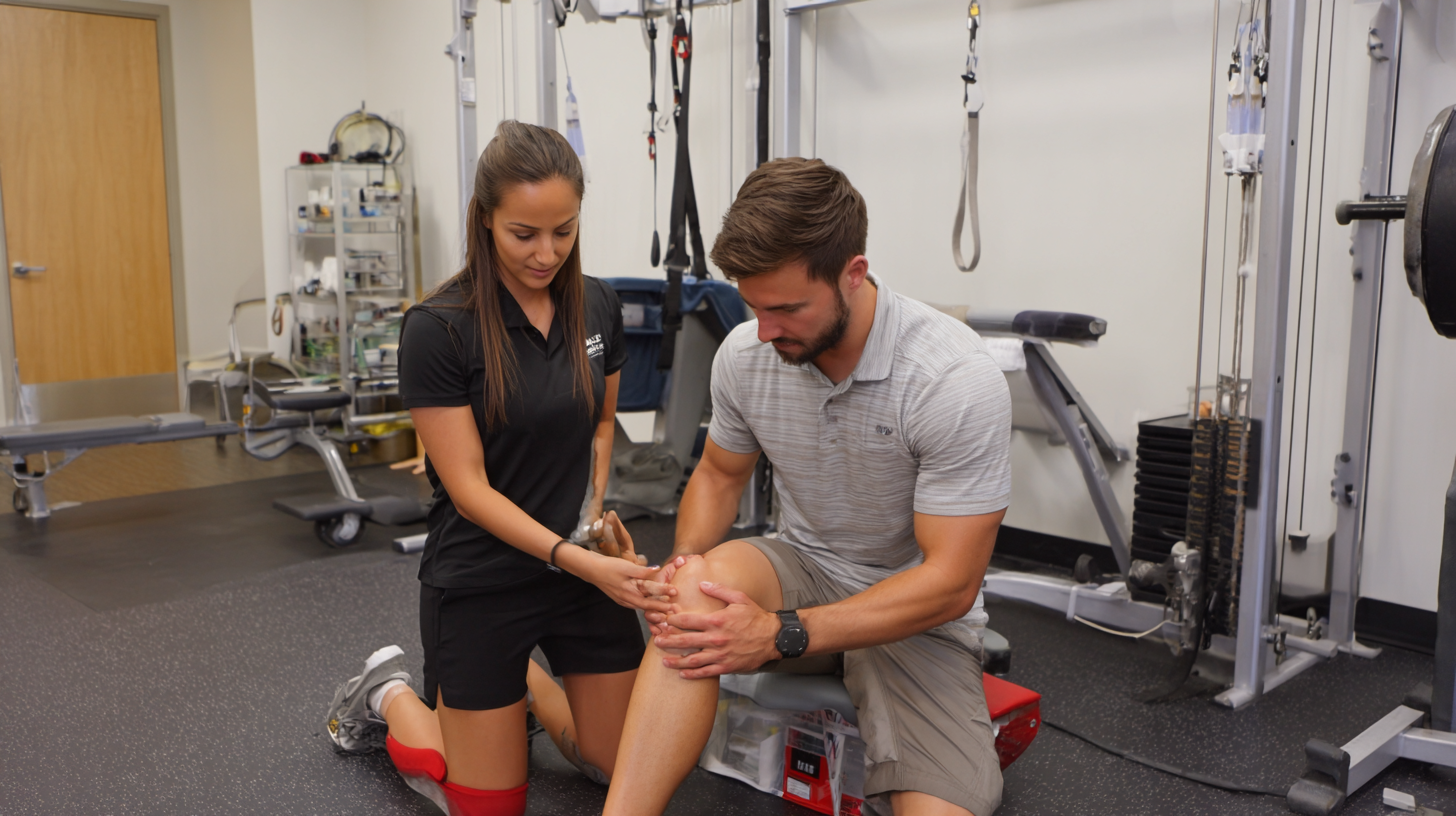
Moreover, considering the diverse range of rehabilitation equipment available, it is crucial to choose machines that accommodate various levels of mobility and strength. Features such as adjustable resistance levels, ergonomic designs, and ease of use command attention. Gathering feedback from patients about their comfort, preferences, and perceived effectiveness of the equipment can provide invaluable insights. This participatory approach not only cultivates a sense of ownership in their recovery but also empowers patients, making the rehabilitation process more effective and enjoyable.
Cost-Effectiveness: Evaluating Leg Rehab Machine Investments
When considering a leg rehab machine for patient recovery, cost-effectiveness plays a pivotal role in the decision-making process. Investing in advanced rehabilitation equipment can be a substantial financial outlay, so it is crucial to evaluate the long-term benefits against the initial costs. A well-chosen leg rehab machine not only maximizes recovery outcomes but also reduces overall healthcare expenses by minimizing the length of rehabilitation and potentially decreasing the need for further medical interventions.
Evaluating different models involves analyzing their features in relation to their price. Machines that offer customizable settings, user-friendly interfaces, and integrative technology for tracking progress may have a higher upfront cost, yet they can enhance patient engagement and adherence to therapy. Additionally, consider the warranty and maintenance options provided by manufacturers, as these factors can significantly affect the total cost of ownership. By conducting a thorough cost-benefit analysis, healthcare facilities can make informed decisions that prioritize patient recovery while remaining budget-conscious.
Integration of Technology in Modern Leg Rehab Solutions
The integration of technology has revolutionized modern leg rehabilitation solutions, making recovery processes more efficient and effective. Advanced leg rehab machines now incorporate features such as real-time data tracking and personalized rehabilitation programs. These innovations enable healthcare professionals to tailor treatments to individual patient needs, promoting faster recovery times and enhanced outcomes. For example, machines equipped with artificial intelligence can analyze a patient's progress and adjust workout intensities in real-time, ensuring they only exert themselves within safe limits.
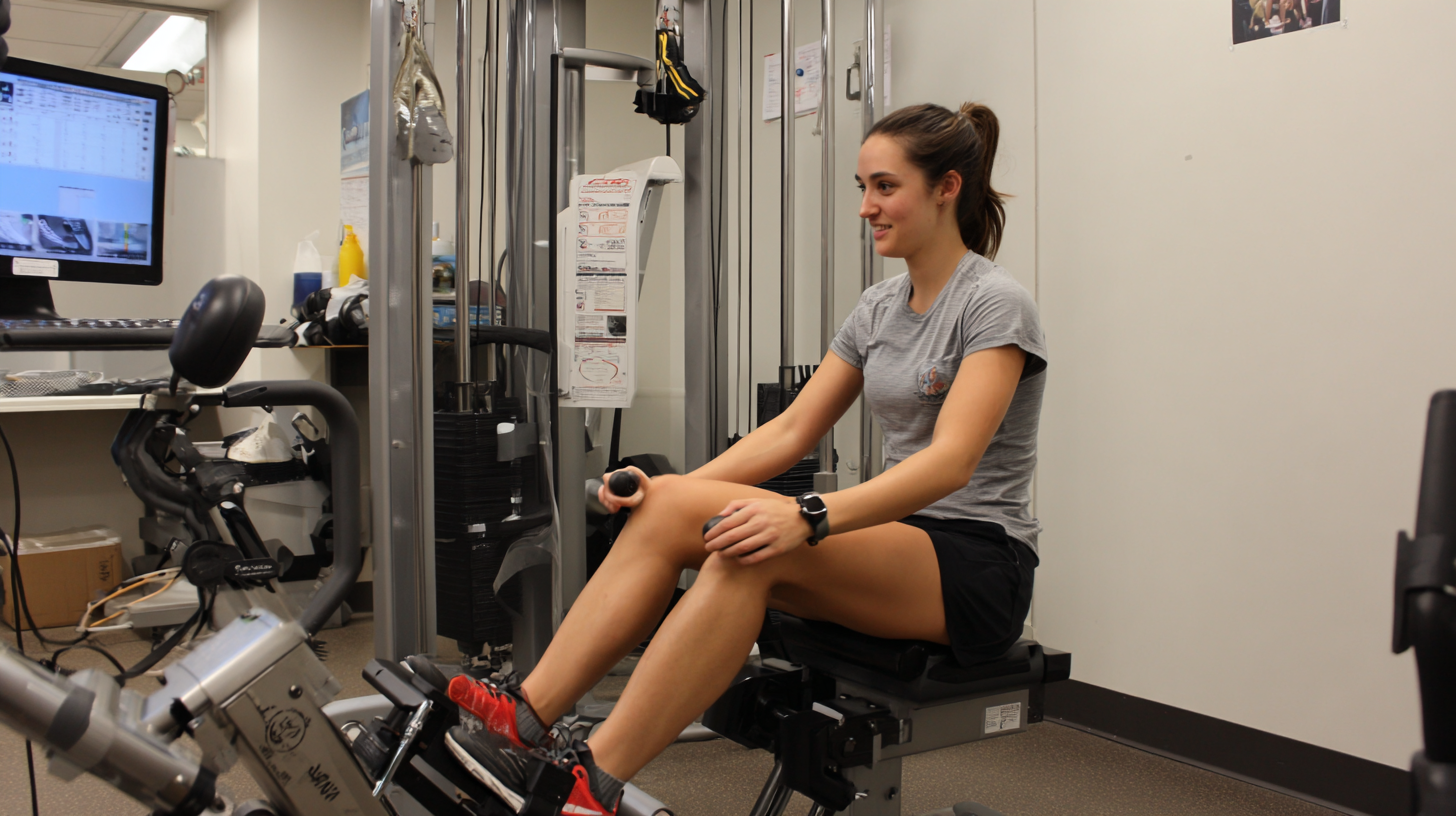
Moreover, the use of virtual reality and gamified rehabilitation exercises has transformed traditional passive therapies into engaging, interactive experiences. Patients are more likely to adhere to their rehabilitation programs when they are motivated by technology that turns workouts into fun challenges. This not only aids in physical recovery but also boosts mental resilience, giving patients a more positive outlook on their rehabilitation journey. As the healthcare industry continues to embrace these technological advancements, the future of leg rehabilitation looks promising, offering hope for faster recovery and improved quality of life for patients.
Related Posts
-
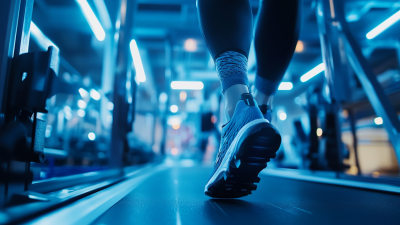
Navigating Trade Tariffs Chinese Manufacturing Thrives with Best Leg Rehab Machine
-

Unlocking Quality: Effective Strategies to Source Top-tier Leg Rehab Machine Suppliers
-
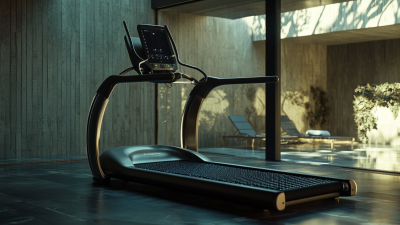
Exploring the Versatility of Exercise Equipment: Features, Benefits, and Ideal Use Cases
-
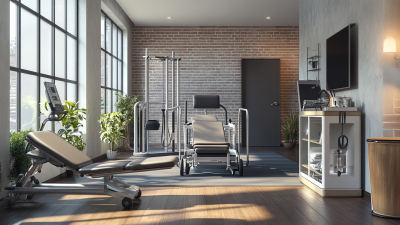
Finding the Best Home Rehab Equipment: A Comprehensive Guide for Global Buyers
-
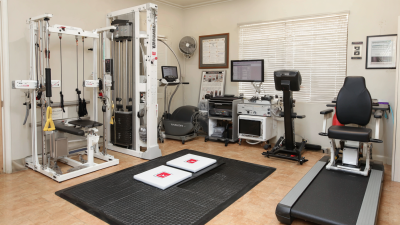
Understanding Industry Production Standards for the Best Home Rehab Equipment Options You Can Choose
-

7 Compelling Reasons Why Best Fall Prevention Products Are Essential for Global Buyers
